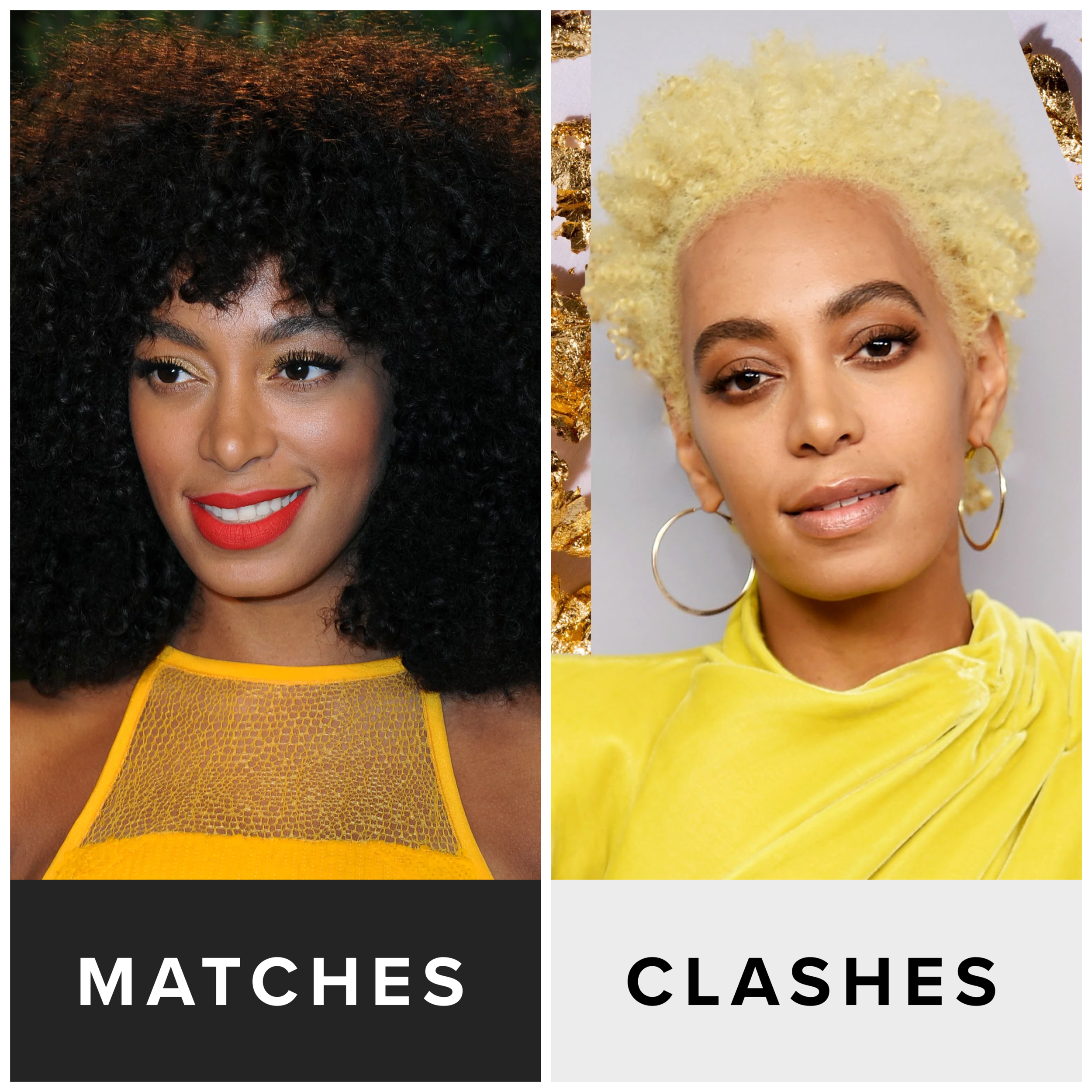

If your client comes in wanting a certain color that you personally don’t feel is the best choice for them, you can and should educate them as to why you feel that way and offer potential alternatives that fall within the same color family as what they are requesting. Simply put, certain hair colors will look better or worse on an individual depending on the unique undertones that are found in their skin, and a part of your job as a stylist is to educate your clients about this interaction.īelow, we take a look at the science behind the relationship between skin tone and hair color, examine some of the more common skin undertones that you’re likely to encounter, and provide some examples to guide you.Įditor’s Note: While pairing a client’s hair color to their skin’s natural undertones can lead to stunning results, this of course doesn’t mean that any color is off limits to someone simply because of those undertones. One piece of information that can be critical to the end result is the client’s skin tone. We recommend this because a consultation gives you the ability to gain important information about your client’s existing hair, hair history, and goals, which you can then use to create a plan for getting them from point A to point B. If you’re a frequent reader of the content we produce on this website, then you’ve probably noticed that one of our favorite pieces of advice is for stylists to conduct a hair consultation before each service-especially for new clients.


 0 kommentar(er)
0 kommentar(er)
